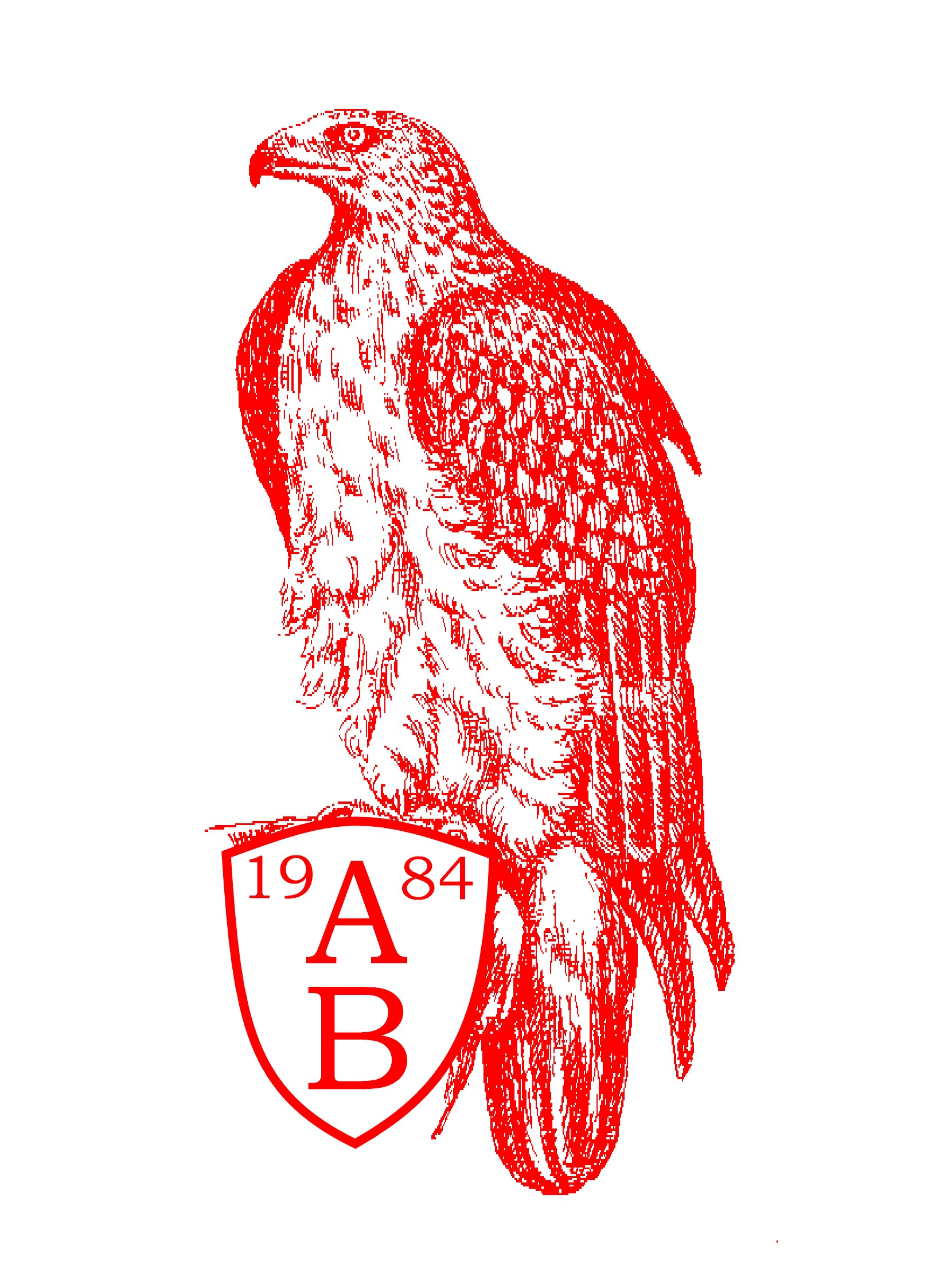 |
EDWARD S. CURTIS at Aquila Books |
 |
This Page Is Original Small Prints on Japanese Tissue
Click Here For Original Photogravure Images.
Click Here For Re-struck Photogravure Images
|
Brief Biography of Edward S. Curtis, 1868 - 1952 & Introduction to : The North American Indian. In 1885 at the age of seventeen Edward Sheriff Curtis became an apprentice photographer in St Paul Minnesota. In 1887 his family moved to Seattle, WA., where Curtis purchased a new camera and became partners in an existing photographic studio. After six months, Curtis left the studio, and formed a new partnership with Thomas Guptill. This studio was called: "Curtis and Guptill, Photographers and Photoengravers". In 1895 Curtis met and photographed Princess Angeline [ca. 1800 - 1896] also known as: Kickisomlo, a daughter of Chief Sealth of Seattle. This is believed to be Curtis' first portrait of an American Native. In 1898 while photographing Mount Ranier, Curtis came upon a group of scientists, which included George Bird Grinnell, a recognized expert on Native Americans. Grinnell became interested in Curtis' photography and invited him to join an expedition to photograph the Blackfeet people in Montana during 1900. Curtis' association with Grinnell led to an introduction to the millionaire financier, John Pierpoint Morgan. In 1906, Morgan offered Curtis $75,000 over five years to produce a series of 20 volumes and 1,500 photographs on the North American Indian. In return, Morgan was to receive 25 sets and 500 original prints as repayment. Curtis wanted to document as much traditional Native American life as possible before it disappeared. In the introduction to volume one, Curtis wrote: "The information that is to be gathered ... respecting the mode of life of one of the great races of mankind, must be collected at once or the opportunity will be lost." Curtis also made over 10,000 wax cylinder recordings of Indian language and music, as well as 40,000 photographic images of more than 80 tribes. He recorded tribal lore and history, and he described traditional foods, housing, garments, recreation, ceremonies, and funeral customs. He wrote biographical sketches of tribal leaders. This material, in many cases, is believed to be the only record of numerous tribal groups. In 1935 the rights and remaining unpublished material were sold by the Estate of J. P. Morgan to the Charles E. Lauriat Company in Boston for $1,000, plus a share of future royalties. Included were nineteen complete bound sets of The North American Indian, thousands of individual paper prints, the copper printing plates, the unbound printed pages, and the original glass-plate negatives. Lauriat bound the remaining loose printed pages and sold them with the completed sets. The remaining material remained untouched in the Lauriat basement until 1972.
Photogravure Edward S. Curtis chose to illustrate his twenty-volume Opus, The North American Indian, with photogravures. To create the photogravures, each copper plate was individually inked and run through a hand press. To compliment the high quality of his images, Curtis selected three handmade papers on which to print the images: a Japanese made vellum, a Dutch etching stock called Holland Van Gelder, and a fine hand-made Japanese tissue. All prices are in U.S. Dollars. If you are interested in buying or selling, please contact us or phone: (403) 282-5832.
This Page Is Original Small Prints on Japanese Tissue **Please note that several of these images have now sold (note the red sold next to the name when the picture is enlarged). We do not always have time to keep up with our website so it is possible an image will still be listed as available when it has already been sold- please enquire as to the availability of items you are interested in! Click Here For Original Photogravure Images. Click Here For Re-struck Photogravure Images Click on Photos for additional Information |
As of June 23, 2008
[ HOME | ABOUT AQUILA | BOOKS | NICO ISRAEL | INSTRUMENTS | MAPS/PRINTS | MANUSCRIPTS | EPHEMERA | PUBLISHING | ORDERING | HISTORIC PHOTOS | CATALOGUES |